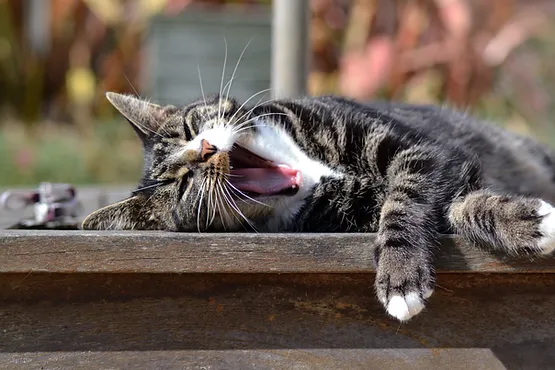As a journalist, everyday I get between 30 and 40 press releases. It really clogs the inbox. But that’s nothing compared to editors. One New York Times editor revealed that 400 a day was about average. OUCH!
So how do you make your press release stand out? Here’s a run-down of what makes me click “reply” and ask for an interview.

1. Statistics in the subject line are a winner 🏆
Yes! Now we’re talking. Examples of interesting email subject lines:
80% of Brits have less than £500 in savings
71% Millennials would rather visit dentist than financial advisor
3 in 5 people used a BNPL service this year
YouGov delivers some really good email subject lines – which annoys me because I think the founder Nadhim Zahawi is super shady.

2. Get to the (bullet) point and keep it short 🎯
Getting someone to open your press release is a big achievement in itself. I open maybe six a week…. And brutally delete the other 200.
Once I get into the email, I will spend a maximum of two minutes on it. Good press releases should be short and have clear bullet points. Literally, think of a gun. You have three shots to get me. Use them wisely. 🔫

3. I’m seriously not interested in your company milestone 🥱
Sorry to be a dick, but it’s true. I couldn’t care less if you just signed a deal with someone. Partnerships for partnerships’ sake mean nothing to me. Or if you appointed someone as your new Head of Communications… So what? Save it for the office drinks.
Instead, tell me about what you’re hoping to achieve with the partnership. Zoom out. Find the wider trend. Your new hire can be bullet point three, maximum.

4. Connect your news to a trend 📈
When I’m skimming through a press release, the thought process is “Does this fit into any of my existing or upcoming articles?“. If it does, I will click “reply” instantly. If it doesn’t… I’ll usually assign it to the bin.
The kind of things I’m writing about are not hard to guess. Just take a moment to look at my blog. If you can send me something I’ve never seen before on sustainable finance, greenwashing, corruption in the industry… That’s the sort of angle I go for on my blog.
For other journalists and newspapers, do the same thing. Read their articles and publications every day. Weave your story into theirs.
After all, if you’re not willing to invest in reading our content, why should we do the same for yours?

5. Nobody is ever going to write an article about your company… that’s an ad 🙄
It’s not going to happen. Unless you’re willing to pay £10k for an “article”, which has “PROMOTION” plastered on the top, no decent magazine is going to write about what a wonderful company you are. Because that’s not NEWS.
News is stories about real people, big trends, our collective celebrations and concerns… News is a lot of things, but it’s sure as hell not your ISA product.
Unless you’re doing something really, really new – like the first ISA in Space 🪐 or your customer is an ISA billionaire – just accept that your product is not your angle. Or your edgy CEO. Or your great company culture… Trust us, we see hundreds of these pitches, and we ignore them all.

6. Grammar check please! 🤓
I know it shouldn’t really matter. But somehow it does. You’re writing to editors and journalists. Come ON!
We’re hardwired to catch other people’s mistakes, like an hawk swoops to snatch up a mouse 🦅. If you’ve made a mistake, we’re going to see it. And if you make several… I’m sorry to say… We ARE going to judge. Hard.

7. Make it easy to work with you 🤗
You’ve done it! You’ve achieved the impossible! A journalist has not only opened your press release, but they’ve also contacted you. Nice one! 🎉
But here’s the thing. If you’ve said that your CEO is available for an interview, that’s what I am expecting.
If it turns out that she’s only available on a specific Tuesday in March between 4pm and 4.15pm, I’m not feeling it anymore. If this happens more than once, I will never ask for an interview again. Don’t offer it unless you can give it.

Getting quoted by journalists is a whole other thing…😱
There you have it, seven tips to get better results from your press releases. This is my honest feedback, but of course every editor and journalist is different.
The next stage is interviewing. You’ll probably be one of several different interviewees for an article – between two and seven normally. Check out my best tips for interviews and getting quotes by journalists, to help make sure you get a mention!



